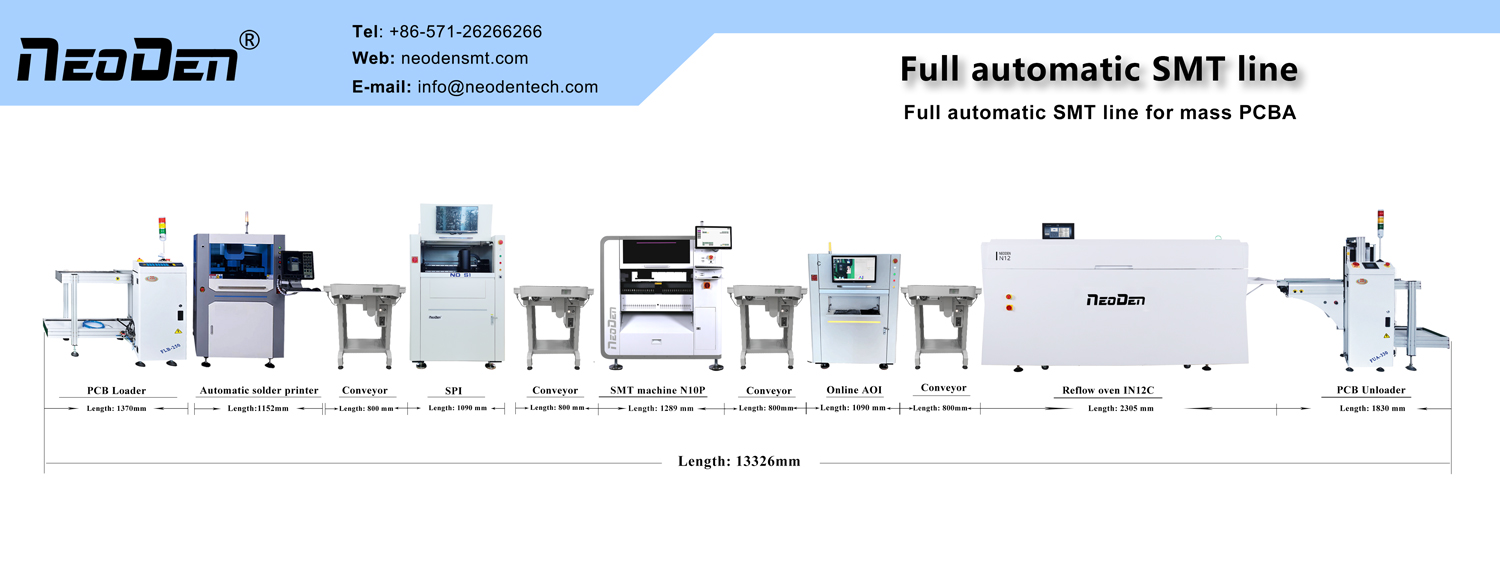Introduction
In the PCB production line, the testing phase is a critical step in ensuring product quality and enhancing customer satisfaction. To improve testing efficiency and accuracy, an increasing number of factories are considering purchasing or customizing PCBA testing equipment, such as SMT SPI machine, SMT AOI equipment, and SMT X-ray equipment. However, testing equipment often requires significant investment, and many companies focus on a core question before procurement: Is this investment worthwhile? Through a systematic ROI analysis, managers can make more rational decisions and achieve true “maximum results with minimum effort.”
I. Components of Testing Equipment Investment
Before conducting an ROI analysis, it is essential to clearly understand the components of testing equipment investment. Generally, these include:
- Equipment purchase costs: hardware expenses such as the main control system, functional modules, interface boards, fixtures, etc.
- Software development costs: Development costs for customized test programs, data interface platforms, etc.
- Debugging and training costs: Initial debugging man-hours, human resource training, and production line adaptation investments.
- Maintenance and depreciation: Maintenance costs during equipment operation, replacement of parts, and annual depreciation expenses.
Understanding these elements helps in reasonably assessing the investment cycle and return structure.
II. Reducing labor costs and achieving long-term savings
In traditional PCBA processing, manual testing has issues such as long working hours, prone to misjudgment, and difficult data tracking. A stable automatic testing device can significantly reduce reliance on human labor:
- One operator can manage multiple devices simultaneously, improving labor efficiency.
- Automatically determine test results to avoid missed or incorrect tests due to human error.
- Reduce repetitive testing and rework to improve yield rates and first-pass rates.
In the long term, against the backdrop of rising labor costs, the savings generated by investing in test automation will far exceed the initial procurement costs.
III. Improve production line cycle times and shorten delivery cycles
The PCBA manufacturing industry is highly competitive, and delivery cycles are increasingly becoming a key metric for customers to evaluate suppliers. Test equipment can significantly optimize production line cycle times:
- Testing time per board is precisely controllable, ensuring stable cycle times.
- Testing and data upload are completed simultaneously, reducing waiting time.
- Parallel testing architecture supports mixed-product production lines.
For medium to large-scale projects, improved testing equipment efficiency directly shortens delivery times, enhances customer satisfaction, and strengthens partnership loyalty.
IV. Enhancing quality control capabilities and reducing potential losses
High-quality testing equipment enables closed-loop data management, including:
- Traceable test records for each board, with real-time alerts for anomalies.
- Stable testing parameters reduce batch-to-batch variability.
- Support for multifunctional combinations such as aging tests, functional tests, and communication tests to prevent functional omissions.
These significantly reduce risks such as bulk returns, post-sales repairs, and brand damage, indirectly saving a substantial amount of unforeseeable hidden costs.
V. Multi-product compatibility and standardized design enhance investment value
Many current PCBA processing projects have the characteristics of “multiple varieties and small batches.” Testing equipment with a modular design approach has excellent adaptability:
- By replacing interface boards or modifying software logic, they can adapt to different products.
- Standardized fixture platforms reduce repetitive development costs.
- Software parameters can be quickly switched according to product versions, improving utilization rates.
A scalable, reusable testing platform yields long-term value far exceeding that of single-use specialized fixtures, truly achieving “maximizing resource utilization.”
Conclusion
While the investment in PCBA testing equipment may seem like a significant expense at first glance, it is actually a high-return strategic investment. As long as the design is well-planned and the process is properly implemented, it can not only significantly reduce labor costs, increase production capacity, and enhance quality control capabilities, but also strengthen customer trust and expand into higher-value-added market segments. In the increasingly competitive PCBA manufacturing industry, only by relying on an efficient, stable, and intelligent testing system can sustainable profitability and growth be achieved.
Post time: Jul-25-2025

